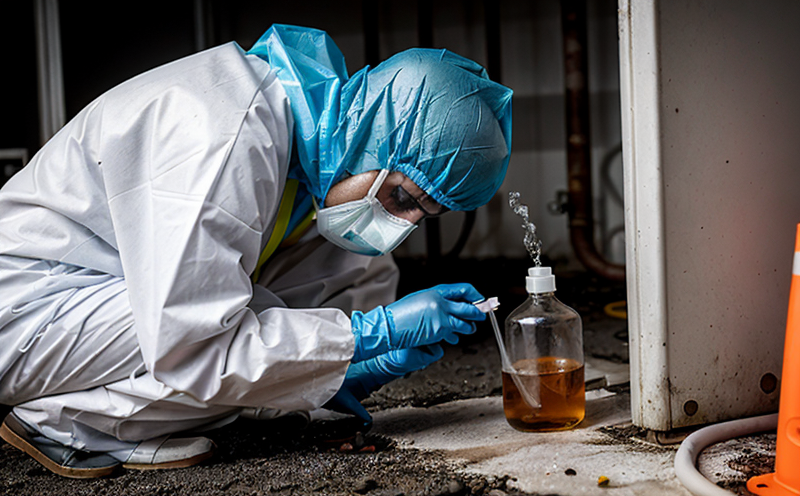ISO 17296-3 Chemical Testing Methods for AM Materials
The ISO 17296 series provides a comprehensive framework to ensure the quality and safety of additive manufacturing (AM) materials. Specifically, ISO 17296-3 focuses on chemical testing methods essential for assessing the integrity and composition of AM materials before use in critical applications.
Understanding the chemistry of these materials is crucial because even minute variations can affect the mechanical properties, durability, and overall performance of the final product. This test evaluates the presence and concentration of key elements such as metals, alloys, or polymers that are used in AM processes like laser powder bed fusion (LPBF), electron beam melting (EBM), and inkjet printing.
For instance, in LPBF, precise control over elemental composition is vital to achieve the desired microstructure and properties. Any deviation could lead to structural weaknesses or poor mechanical performance. The testing methods outlined by ISO 17296-3 help ensure that these materials meet specified chemical standards, enhancing product reliability.
These tests are performed on various samples such as powders, melts, and solidified parts. Sample preparation involves cleaning the specimens to remove contaminants that could interfere with test results. The testing can include gravimetric analysis, spectroscopic methods (UV-Vis, IR), and chromatographic techniques like GC or HPLC.
| Application Area | Testing Focus |
|---|---|
| Medical Devices | Ensuring biocompatibility and safety of materials used in implants. |
| Aerospace & Defense | Evaluating material stability under extreme conditions to prevent failures. |
| Motorsport | Optimizing performance by selecting materials that meet high durability standards. |
The importance of these tests cannot be overstated, especially in sectors where safety and reliability are paramount. By adhering to ISO 17296-3, manufacturers can ensure their AM processes produce materials that meet stringent chemical requirements.
Why Choose This Test
- Evidence of compliance with international standards for quality assurance.
- Precision in detecting trace elements that can impact material performance.
- Enhanced product reliability and safety, especially critical for high-stress applications.
- Cost-effective long-term savings by avoiding rework or recalls due to non-conforming materials.
International Acceptance and Recognition
- The test is widely accepted in the global market, ensuring seamless international trade of additive manufacturing components.
- It aligns with regulatory requirements for medical devices and aerospace products.





